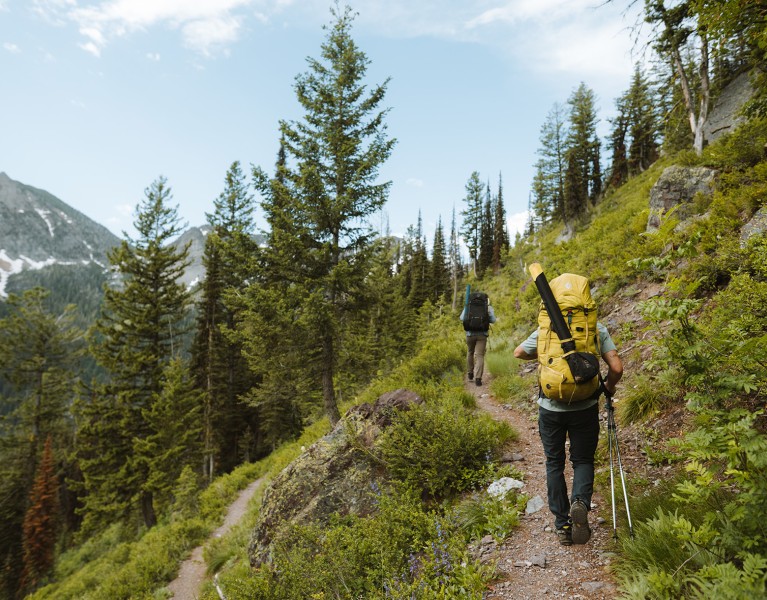
How to Train for Hiking: 7 Exercises You Can Do at Home
Table of Contents [Show]
It’s crucial to train your mind and body before engaging in challenging hikes, especially long distances or to higher altitudes. Without preparation, there's a greater chance of injury and loss of energy before you’ve reached your goal, making your experience less than optimal.
Training beforehand improves your fitness and builds your confidence ascend steep hills. Key exercises for hiking focus on cardio to improve endurance, strength training for stronger core and legs, and balance to stay on track.
When possible, start training at least two months before a long-distance hike. When you've been training for a month, incorporate shorter, more frequent training hikes to get prepared. When a training hike feels good and not exhausting, you're good to go.
Here's a list of 7 essential exercises for better hiking stamina and increased strength.
Warm-Up First
Before getting started with any workout, always warm up your body for 10-15 minutes to avoid risk of injury. Here are some quick warm-up ideas for your new training routine:
- Shoulder raises
- Arm circles, both ways
- Ankle circles, both ways
- Wrist circles, both ways
- High knees
- Jumping jacks
- Butt kicks
- Light jog
1. Burpees
Despite the funny name, burpees are a fantastic full-body workout that builds muscle strength and endurance. Burpees work your abs, arms, chest, shoulders, legs, hips, and glutes. This is an easy workout to do at home and only requires your own body weight. Burpees are great for cardio training and building leg strength.
A burpee can be described simply as a push-up followed by a jump squat.
- Begin in a squat position with feet shoulder-width apart and back straight.
- Lower your hands to the ground and bring your body all the way to the ground if you are a beginner. If you are stronger, do one push-up.
- Hop your feet back to where they began, stand with arms in the air and jump one time.
- Repeat steps 10-15 times.
*Safety tips:
Begin slowly! Gradually increase your speed once your body is acclimated to the motion. When entering into a squat position, keep your feet pointed straight and not to the sides.
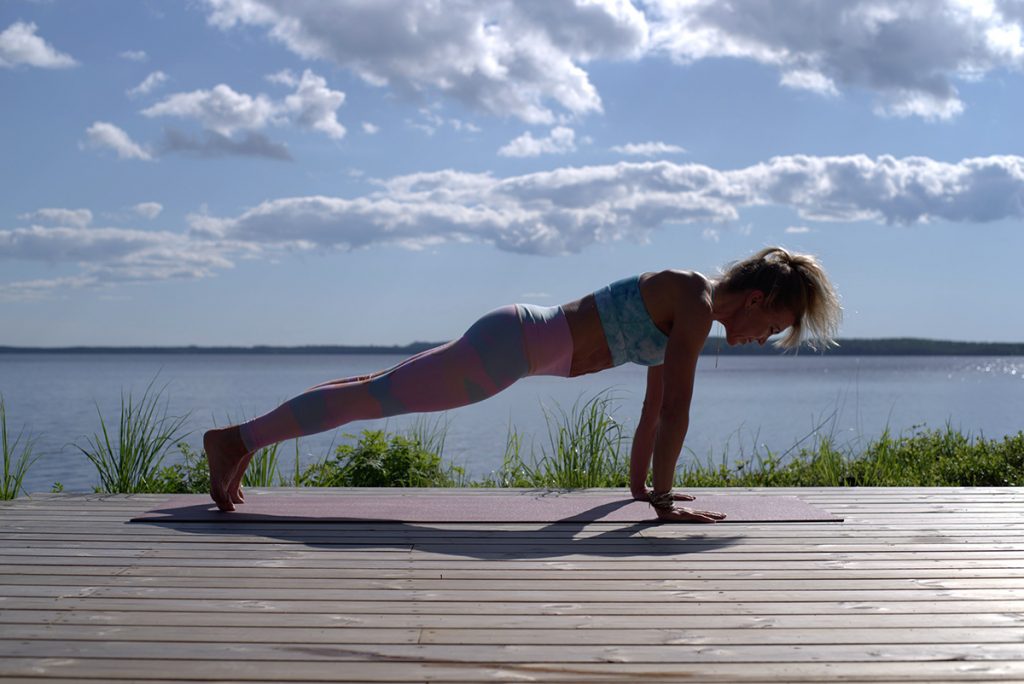
2. Planks
Planks are a great resistance training exercise for building core strength and balance. This is essential for when you're hiking on rough terrain while carrying a pack. You don’t need any equipment for a plank, but it can be tricky to find the correct form when beginning. Make sure you keep your back straight, your glutes and abdomen engaged and your breathing at a steady pace.
Try different plank variations as you progress:
Standard Plank
- Place hands on the ground directly under your shoulders, as if preparing for a push-up.
- Keeping your feet together, ground your toes to the floor and squeeze your glutes.
- Keep back and head straight while engaging your abdomen. Head should be facing down with your eye gaze just above your hands.
- Focus on your breath. Breath in through the nose and out the mouth.
- Hold this position for 20 seconds. Gradually work your way up to 60 seconds, and then as long as you can.
Forearm Plank
(This variation is slightly easier than the standard plank, great for beginners)
- Place forearms on the ground with your elbows aligned to your shoulders and arms, parallel to your body.
- Flatten palms or clasp your hands into fists, whatever feels best for you.
- Keep your glutes and abdomen engaged by squeezing.
- Focus on your breath and hold for 20 seconds, gradually working up to 60 seconds and beyond.
Side Plank
(This variation builds the side muscles of your core; the obliques)
- Begin on your side with feet together and one forearm directly below shoulder.
- Engage your core and raise your hips until your body is straight. Place your opposite hand on your hip.
- Hold position for at least 20 seconds while focusing on your breath.
- Repeat on the other side.
- For an extra workout you can do leg lifts while in this position.
*Safety tips:
Planks put pressure on your wrists, so warm up your wrists before this exercise to avoid injury. Keep your abdomen and glutes engaged, as if you were flexing your muscles. Keep your back and butt straight. Focus on quality over quantity.
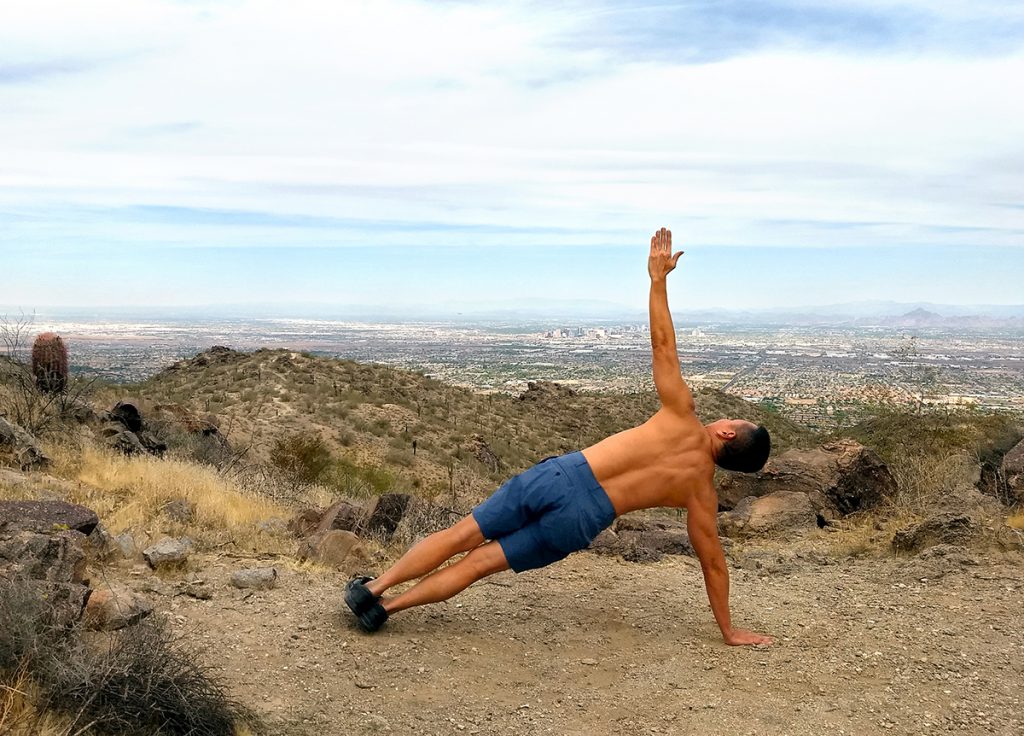
3. Walking Lunges
Lunges are an easy, at-home workout that builds strong quadriceps for daunting downhill hikes. Perform this exercise by either walking forward on a flat area or moving gradually downhill. If you are preparing for a long-distance hike, it's recommended to practice downhill lunges, though any form of this exercise will help build strong leg muscles.
If you find that lunges are too easy, add weight to your routine.
- Begin by standing with your back straight.
- Engage your core, and bring one foot forward to the ground while lowering your hips and bending your knee at a 90-degree angle.
- At the same time you step forward and bend your front knee, you should also lower your back knee towards (not touching) the ground, with tips of toes on the ground and heel in the air.
- Hold position for a few seconds.
- Keep weight on heels as you stand back up, step with back foot forward until you finish with both feet together, standing straight.
- Do the same motion again starting with your other foot.
*Safety tips:
Be sure that your front knee is aligned with your ankle rather than beyond your toes. Try not to touch the ground with your back knee. Keep your feet straight at all times to avoid twisting an ankle. Begin slowly and stop if you feel any discomfort.
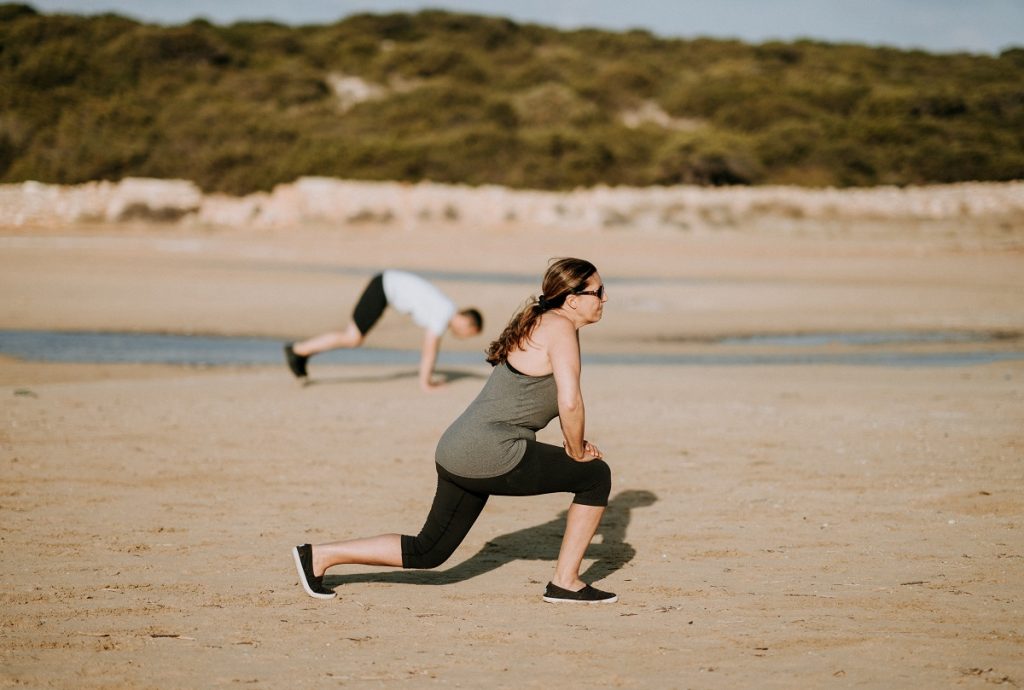
4. Leopard Crawl
Leopard crawls are great for building strong shoulders and stabilizing your core. This promotes a sturdy sense of balance while on uneven terrain. This exercise is easy and fun to do anywhere; all you need is your body and some space to get started.
- Begin in a tabletop position with your hands, knees and toes on the ground.
- Raise your knees off the ground about 2 to 3 inches.
- Begin crawling by moving your right arm then left leg forward. Then the left arm and right leg.
- Move forward several paces and then reverse the exercise by crawling backwards.
- Your knees should be off the floor the entire time. Keep your head up, looking forward.
- Begin with 30 seconds. As you gradually increase your strength, increase the duration.
*Safety tips:
Always keep your core engaged. Keep your head up while looking forward. If this form of crawling is too strenuous then move on your hands and knees.
5. Crab Walk
Crab walks are an intense upper body and core workout that improves your focus, coordination, and balance. The position may seem awkward at first, but with practice, you’ll be crawling like a crab in no time.
- Begin by sitting on the floor with your feet hip-distance apart in front of you and your arms behind your back with fingers facing hips.
- Lift hips off the floor while tightening your abs.
- Keeping your arms straight, begin crab-walking forward by moving your right hand followed by your left foot, then left hand followed by right foot.
- Walk a few steps and then transition by walking the other way. Start with 30 seconds.
*Safety tips:
Keep your palms on the floor and arms straight with your wrists aligned to your shoulders. Your fingers should be facing your feet. Move slowly at first until you find the speed that fits for you. Always keep your abdomen and glutes engaged by squeezing them tight.
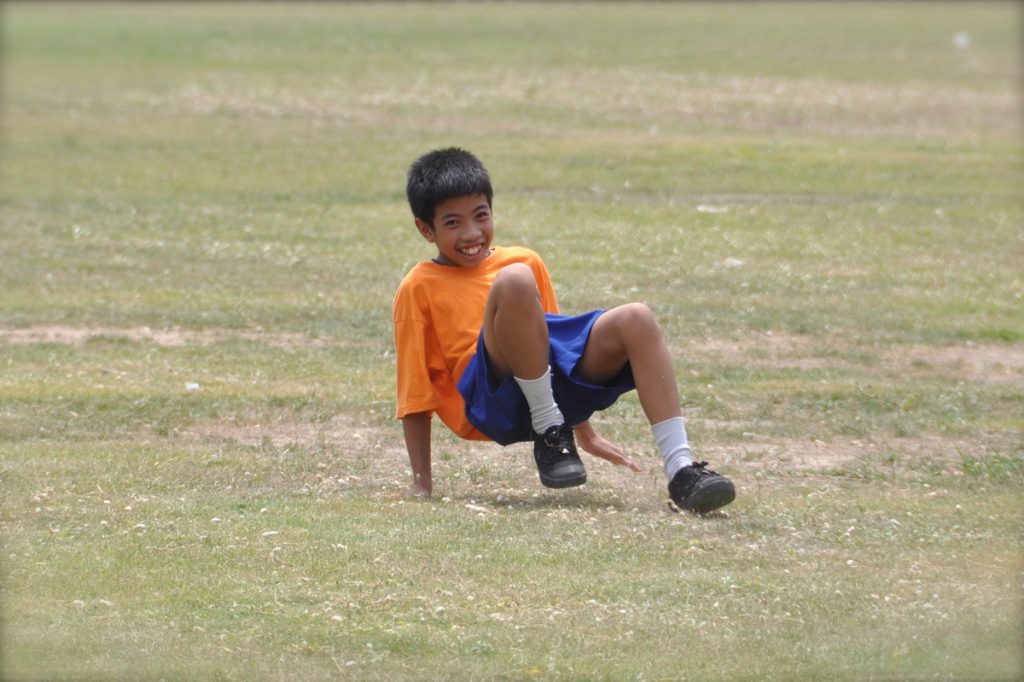
6. Stair Climbs
Climbing stairs is a great way to build leg strength for tough uphill trail hikes. For this exercise, you need a set of stairs, the steeper the better. You can also incorporate other exercises into the stairs - like stair crawls, stair push-ups, or stair hops.
- Begin at the bottom of a set of stairs and, with your back straight and abdomen engaged, start walking up the stairs.
- Once you’ve reached the top, then walk back down and repeat at least 10 times.
- When you are ready, you can begin to ascend every other step.
- For added difficulty you can wear your pack with the same weight you’ll be bringing on your hike.
*Safety tips:
Don’t run up the stairs, think more of a fast walk. Keep your back straight and core engaged.
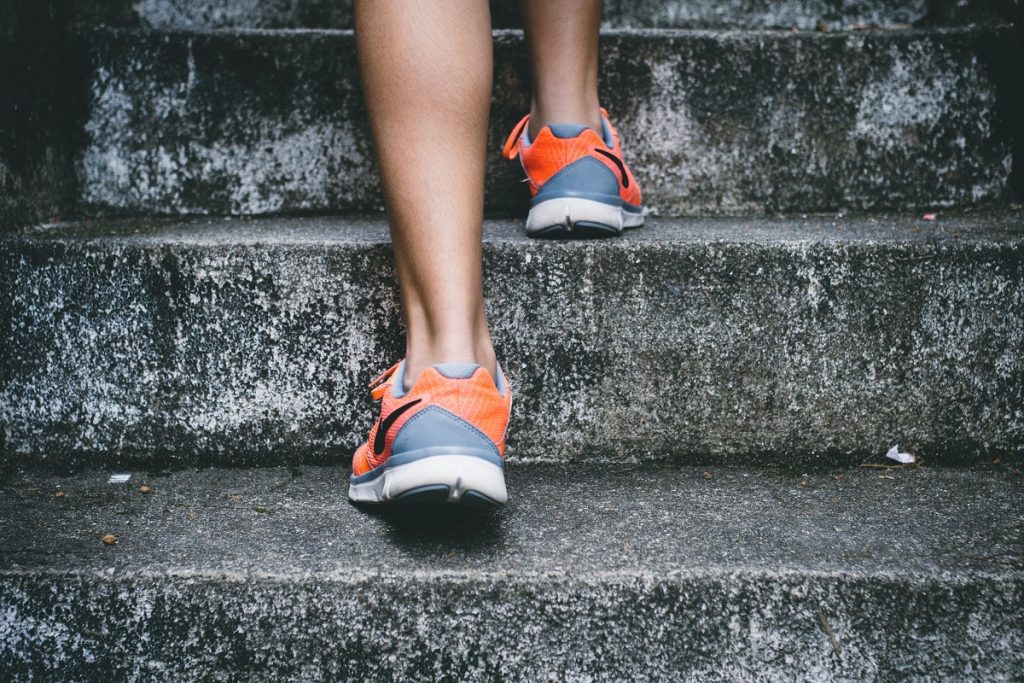
7. Calf Raises
Calf raises are an excellent way to improve ankle stability and balance. It doesn’t get much easier than this exercise to build strong calf muscles at home. Your calves will be doing a lot of the work on your hike, so it’s a good idea to train these muscles thoroughly before your journey.
- Stand straight with arms to your side.
- Push through the balls of your feet and raise your heels until you’re standing on your toes.
- Hold position for two seconds then return to starting position and repeat.
- Begin with 20 calf raises and work your way up.
*Safety tips:
This is not meant to be a cardio workout, so keep a slow and steady pace. Stand tall and straight with your abdomen engaged.
Stretch at the End
After training for hiking, as well as after any good workout routine, it’s important to stretch your body to loosen muscles and help prevent any injuries.
Here are a few common stretches to practice:
- Seated or standing toe touches
- Hip opener
- Butterfly stretch
- Quad stretch
- Calf stretch
- Pigeon pose
- Hamstring stretch
*Safety tips:
If you feel any pain at all, you’ve gone too far. Reduce your range of motion until you feel a light stretch. Do not hold your breath. Long, slow and deep breaths will help you deepen your stretch and relax.
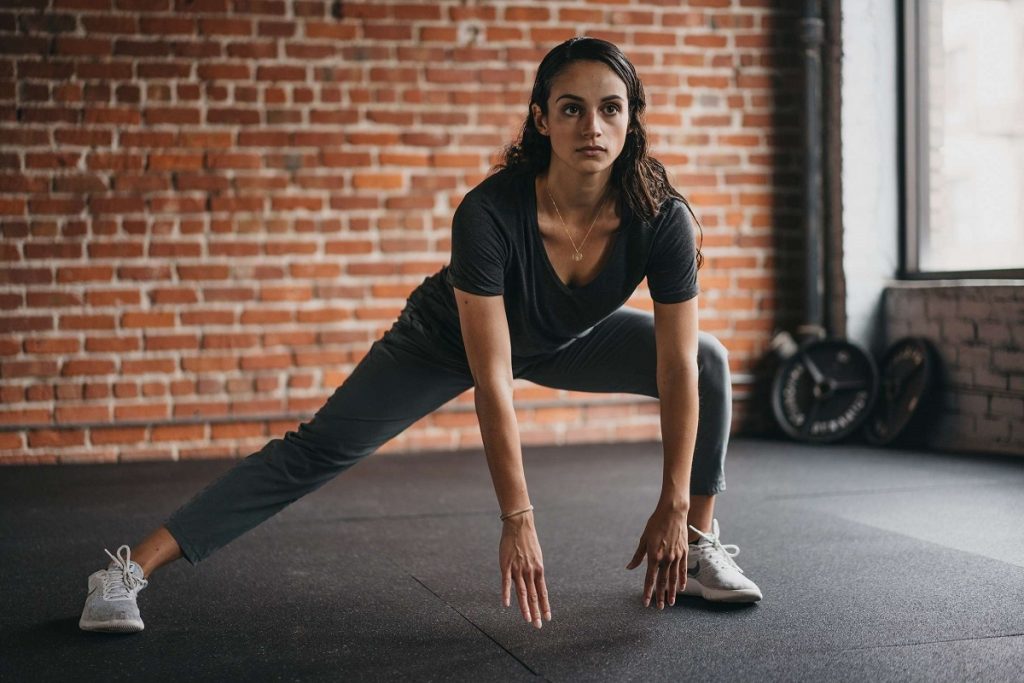
Exercise in Style
When you're learning how to train for hiking, don't forget to plan the proper workout attire. Look for clothing that moves and stretches with you while regulating your temperature. Look for lightweight, wicking, and quick-dry materials.
Check out the KÜHL FREEFLEX™ series. With styles for men and women, it's made for working up a sweat in the home gym, yoga studio, or the great outdoors. In this lightweight, wicking, and quick-drying series, you can go straight from your workout to the hiking trail.
The new KÜHL SPEKTER™ series also offers temperature-regulating performance, unrestricted mobility, and comfort, allowing you to get the most out of any activity. KÜHL's premium micro-fleece fabric is engineered to be lighter and softer than traditional cotton, making it perfect for an active lifestyle.
Also, check out our complete Hiking Checklist: What to Bring on A Hike.


